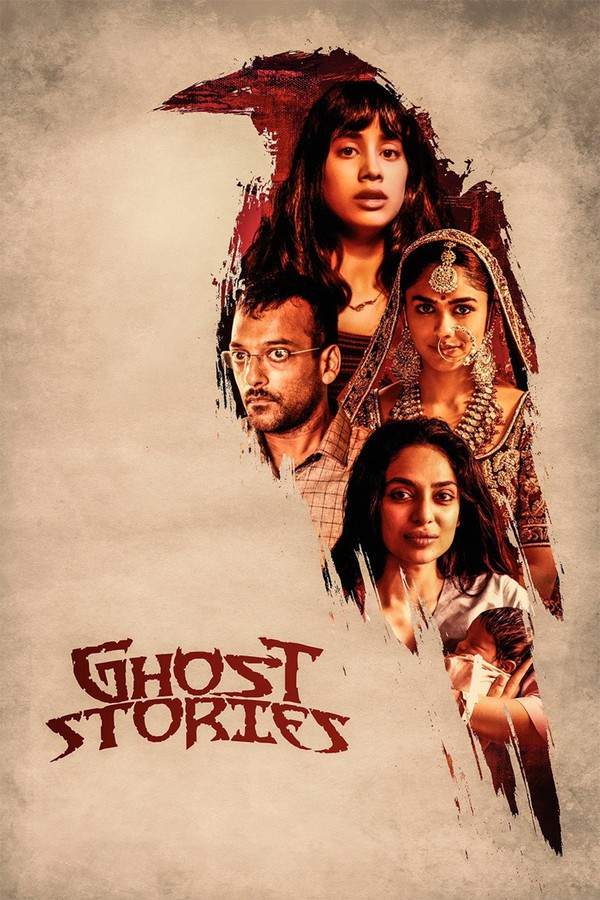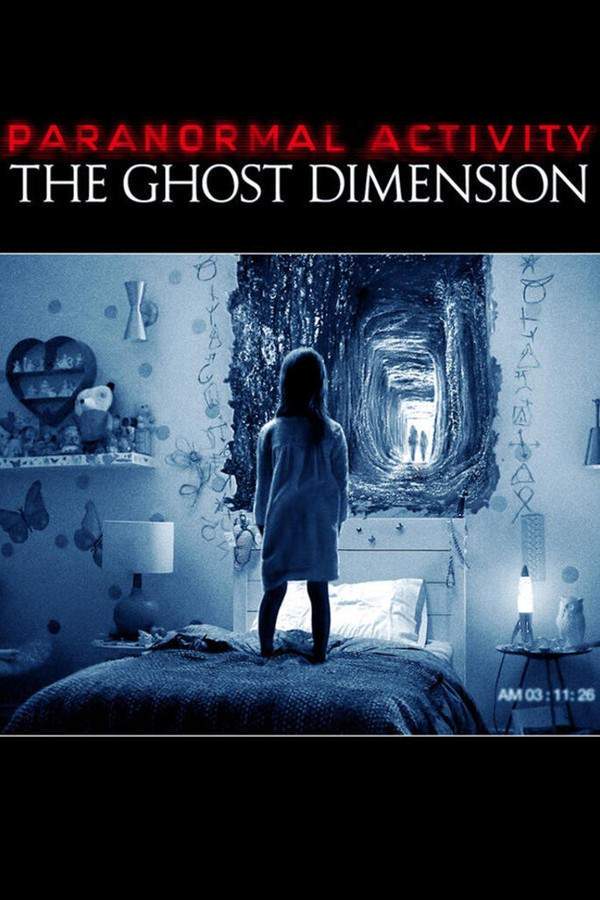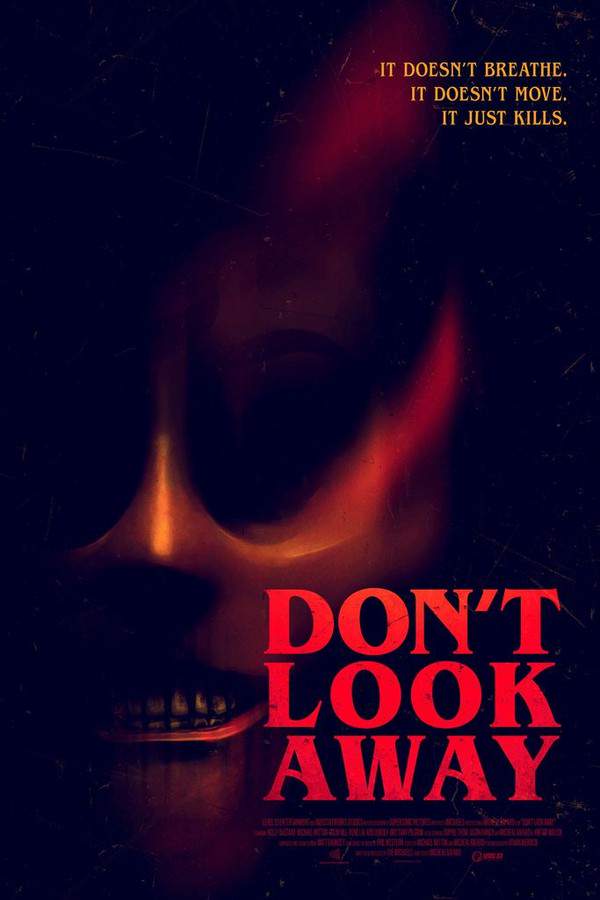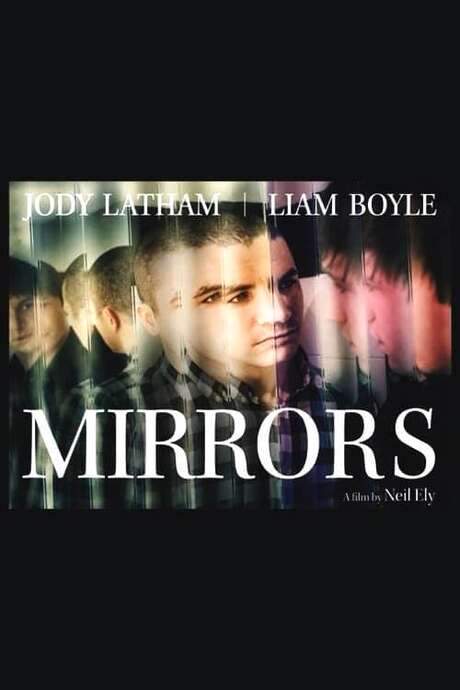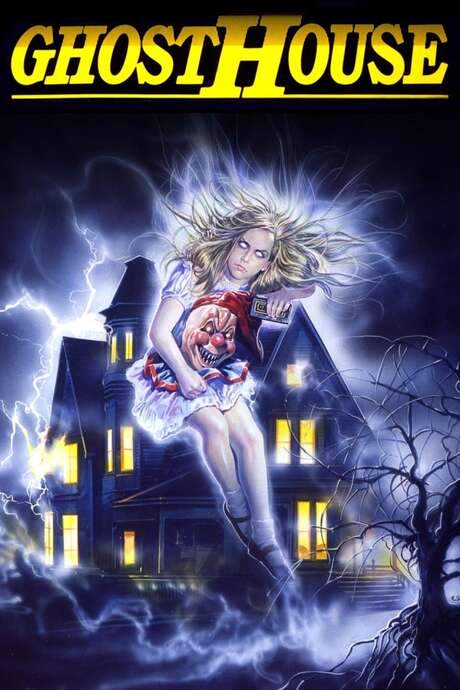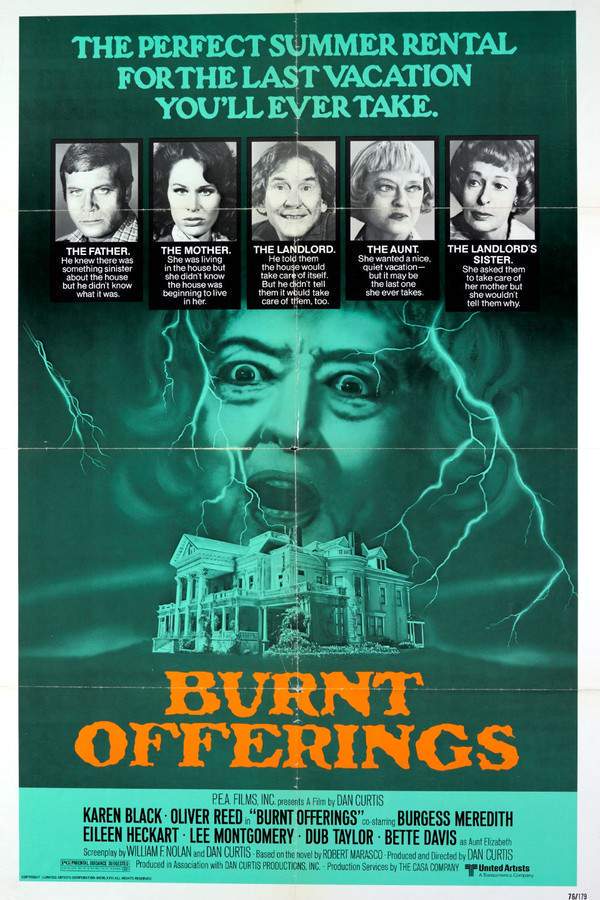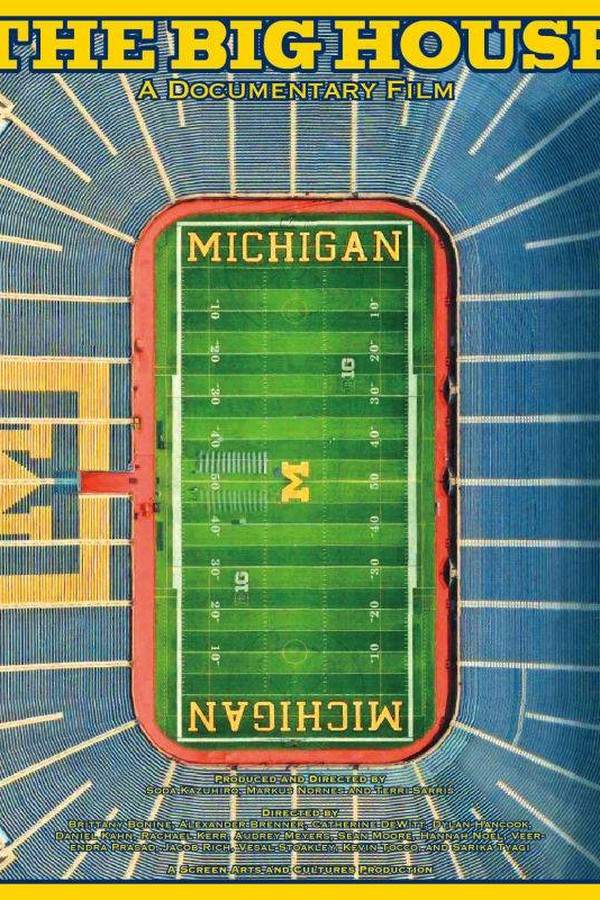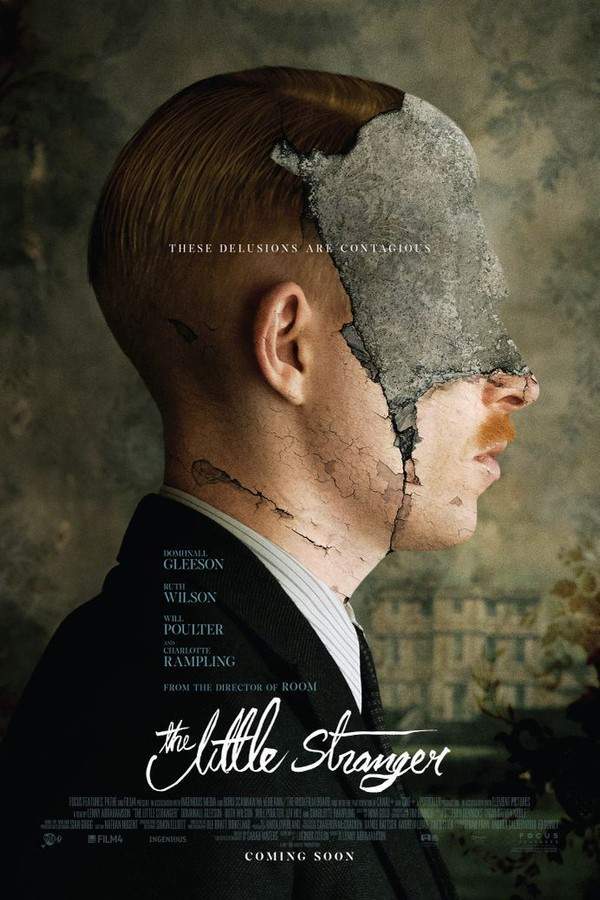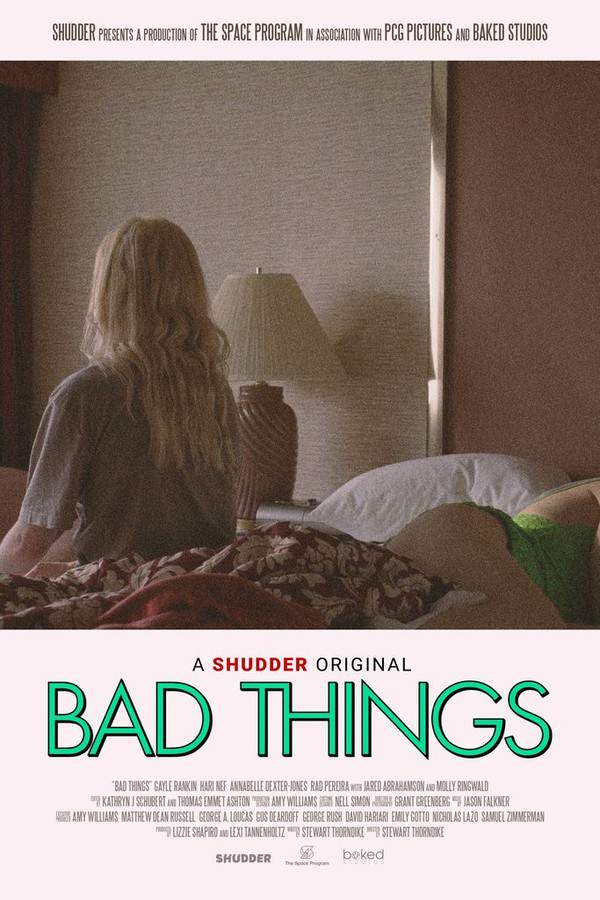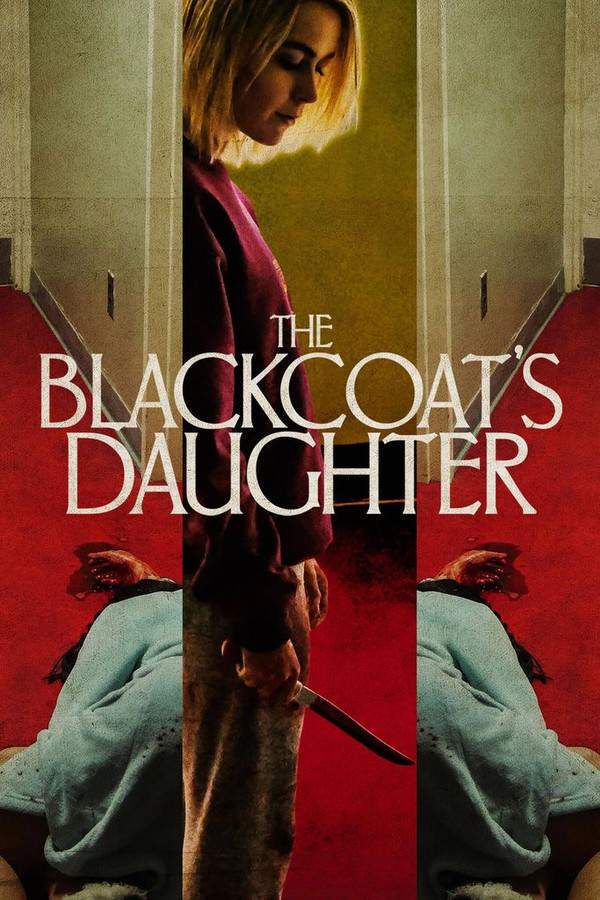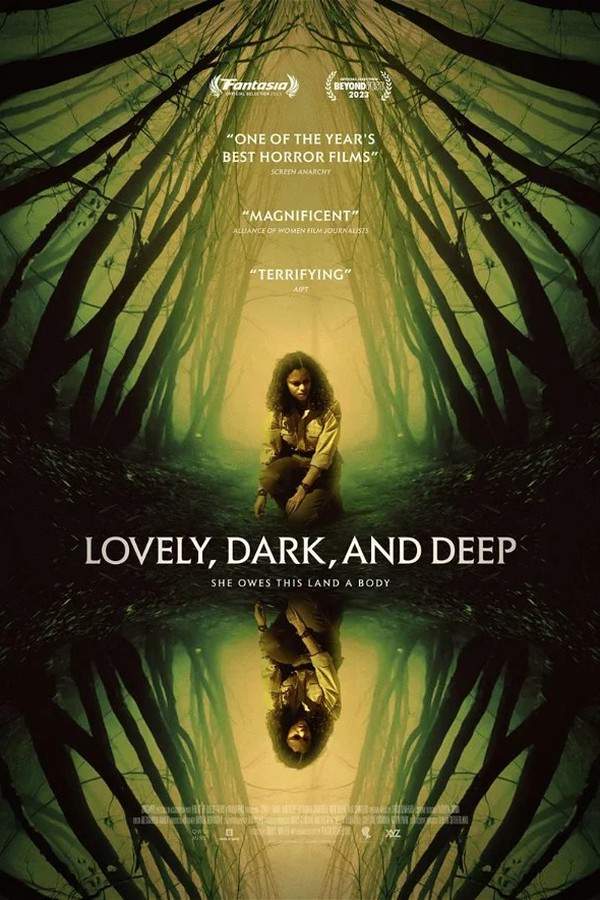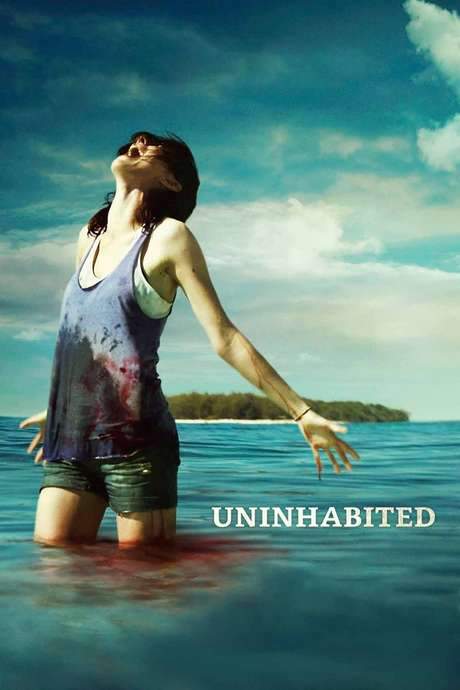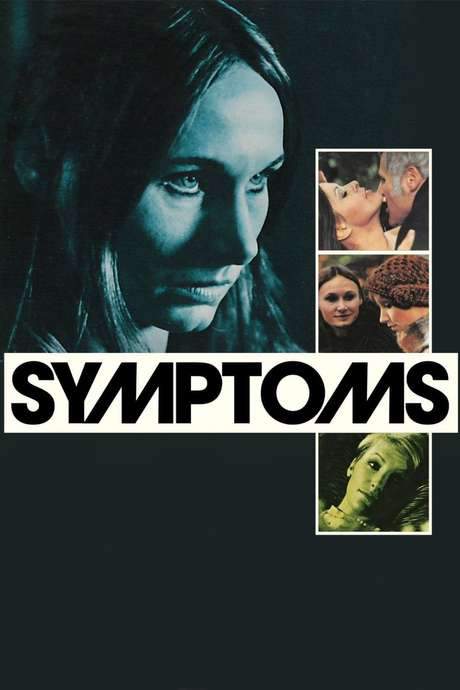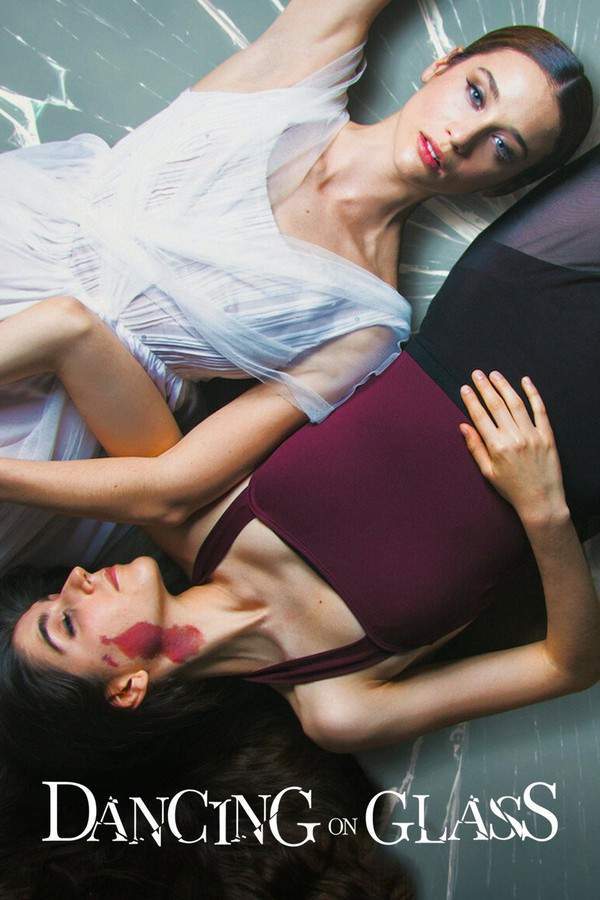
The Ballerina
Year: 2021
Runtime: 8 mins
Director: Aaron Fradkin
A ballerina is haunted by her reflection.
Warning: spoilers below!
Haven’t seen The Ballerina yet? This summary contains major spoilers. Bookmark the page, watch the movie, and come back for the full breakdown. If you're ready, scroll on and relive the story!
The Ballerina (2021) – Full Plot Summary & Ending Explained
Read the complete plot breakdown of The Ballerina (2021), including all key story events, major twists, and the ending explained in detail. Discover what really happened—and what it all means.
In a quiet rural start, Glen Sorenson is driving his daughter, Sophia, to a ballet recital when a tense close call with some Rednecks almost ends badly. He pulls off to his hunting spot, and time quietly passes in the wrong direction: Glen’s beard grows long, Sophia’s once-pristine ballet costume is torn, and a feeling lingers that a great deal of time has slipped away since a terrible accident on the way to the recital changed their lives. The memory of Jennifer, Glen’s wife, and the three boys who were part of their family hangs over every moment, and the weight of that night presses down as if the past itself could rise from the shadows at any moment.
In a transient tent camp set up for the night, a perceptive woman named Marjorie Mitchell notices that Sophia is haunted by night terrors and a flood of visual and auditory hallucinations. She pleads with Glen to let someone help, but he resists, clinging to a stubborn hope that keeps him from seeking outside aid. He pores over family photos that show him with Jennifer, Sophia, and their sons, chaptering the lives they shared and the irreplaceable loss that still unsettles them. The camp’s flickering firelight becomes a small beacon of warmth against the cold fear that Sophia carries with her.
That evening, the campfire becomes a stage for Sophia’s escalating fear. She glimpses a green lantern and a girl who seems normal at first, then appears horribly burned. Her scream shatters the calm, and she collapses in tears. A nurse’s aide named Doe suggests that Sophia’s experiences may be psychosomatic—trauma translating into visions—and that professional help could be crucial. Glen, however, remains stubbornly against intervention, insisting they can weather this on their own, even as the fear deepens.
The hauntings intensify. The green lantern girl returns, now wearing a Girl Scout–style uniform, and introduces herself as Annie. Annie leads Sophia out of the tent, and Sophia encounters other girls who share Annie’s burned appearance. The next morning, Sophia draws the images she has seen, and a new thread of purpose emerges: these visions are not random; they feel connected to something that deserves to be understood and confronted.
A local priest-like figure, Father Callihan, speaks of how children are especially vulnerable to spirits and urges Glen to stay vigilant in Sophia’s care. He lays hands on Sophia’s head, and a disturbing flashback of the past unsettles Glen. The message becomes: keep Sophia awake, watchful, and open to what the visions may reveal. Annie returns again, presenting Sophia with a locket that contains two photos—the girl herself and a little boy who appears to be her brother. The next morning, Sophia is calmer and shows Glen the mysterious locket, a clue that something—someone—lives on in these visions beyond the veil of memory. The locket’s images feel familiar to Glen, though the connection remains elusive, and the family begins to suspect that Sophia is communicating with spirits from the past. They decide to seek a medium.
Therese Magloire, a medium, conducts a seance with the help of her translator, Etienne. Therese is briefly overwhelmed by an unseen force and is joined by six little girls who sit around the campfire in uniforms like the ones Sophia has seen. Therese experiences a flashback, seeing the girls in an old 1950s car involved in a catastrophic crash that left them badly burned. She explains that Sophia’s dialogue with these girls could provide a way to understand their fate, if Sophia is willing to speak with them.
Glen digs into the wreck that haunts Sophia and discovers a painful truth: Annie is not a random vision but someone from the family’s own history. Annie is Glen’s aunt, whose memory has lingered for decades. The boy in the locket is his father, Hank. The connections begin to weave a web that ties Sophia’s night terrors to a long-buried tragedy and the family’s past, offering a path toward explanation and release.
As Annie and the other girls lead Sophia to a pond, danger intensifies. Glen follows in a race against time, his past colliding with the present. In a tense past-tense exchange, a Redneck pushes Glen away and shears the edge of the scene, and Sophia slips away. In the present, Glen reaches the pond to rescue Sophia but finds himself confronted with a broken past: in the past, a gun-wielding assailant knocks him unconscious, and in the present, Sophia has vanished into the murky water. When Glen regains consciousness, he finds Sophia’s skeletal remains in the pond, a macabre anchor to what happened that night.
A desperate phone call with Jennifer confirms the grim turn of events: the police inform Glen that it is 3:30 a.m., and that Sophia has been missing since about 7:00 p.m. The present becomes a place of raw pain as Glen cries over Sophia’s remains. In the following days, the memory of the search remains vivid as the line between the living and the dead blurs. The past offers a chilling parallel: the police’s arrival and investigation are mirrored by a new, spectral visitation in the present. Sophia returns in a form that resembles how she appeared that day, and she forgives Glen, offering a moment of reconciliation that feels both earned and impossible.
Then a final, haunting visitation arrives. Glen’s father, Hank, appears in the woods to urge him to go home—to reconnect with his family and “make it right.” But the living world is not the only one present; Glen soon realizes that his father’s arrival is cut off by a new terrible truth: Hank is dead, and his appearance is a message from beyond. In a flashback set 21 days after Sophia disappeared, Glen slides into a deep depression and takes his own life, unable to bear the weight of the loss. Yet the haunting does not end there; after Glen’s death, those who remain in the camp discover they, too, are dead souls who do not yet realize their own fate. They wander together through the night, and at the edge of the water, Sophia waits, a beacon calling them onward.
The film closes on a desolate, somber note: a cycle of memory, guilt, and unresolved loss that stretches across generations. The living may not hear the dead, and the dead may not feel fully seen, but Sophia’s presence—whether as a memory, a warning, or a bridge—remains a quiet, persistent force. What began as a family’s attempt to survive a nightmarish accident becomes a broader meditation on how trauma can linger in a place, in a person, and in a community long after the obvious dangers have faded. In this story, sometimes the quietest truths are the most haunting, and the most fragile connections are the ones that endure beyond the veil.
Valeska Miller, Valeska Miller as the Ballerina makes a brief, ethereal appearance that lingers in Sophia’s recollections, underscoring the way art and memory intersect in a world where the living and the dead share the same night.
Last Updated: October 01, 2025 at 10:24
Explore Movie Threads
Discover curated groups of movies connected by mood, themes, and story style. Browse collections built around emotion, atmosphere, and narrative focus to easily find films that match what you feel like watching right now.
Ghost stories about grief and trauma like in The Ballerina
Supernatural stories where the haunting is a manifestation of profound, personal sorrow.If you liked the way The Ballerina used a haunting to explore profound grief, you'll find similar movies here. These films feature supernatural hauntings that are deeply personal, often rooted in family tragedy, loss, or unresolved trauma, creating a melancholic and emotionally heavy experience.
Narrative Summary
Narratives in this thread typically follow characters confronting a haunting that is a direct reflection of their own past trauma or sorrow. The story's mystery is often internal, uncovering suppressed memories and guilt, leading to a climactic confrontation with the emotional truth behind the spectral presence.
Why These Movies?
These films are grouped together because they share a core theme: using the supernatural horror genre as a vehicle to explore deep human emotions like grief. The horror stems from emotional weight as much as from scare tactics, creating a poignant and unsettling blend of sadness and dread.
Slow-burn atmospheric horror movies like The Ballerina
Horror films that build unease through lingering atmosphere rather than sudden scares.For viewers who appreciated the slow, atmospheric tension of The Ballerina, this section collects films with a similar pacing. These movies rely on a building sense of dread, dreamlike sequences, and an oppressive mood to create a deeply unsettling and psychologically immersive horror experience.
Narrative Summary
The narrative unfolds gradually, often withholding clear explanations to maintain ambiguity and unease. The plot is character-driven, focusing on the protagonist's internal descent as they grapple with a slow-creeping horror that may be supernatural or entirely psychological in origin.
Why These Movies?
These films are united by their shared approach to horror: a slow, deliberate pacing that allows dread to fester. They create a specific, immersive vibe defined by atmosphere, psychological depth, and a preference for lingering terror over fast-paced action, resulting in a deeply unsettling viewing experience.
Unlock the Full Story of The Ballerina
Don't stop at just watching — explore The Ballerina in full detail. From the complete plot summary and scene-by-scene timeline to character breakdowns, thematic analysis, and a deep dive into the ending — every page helps you truly understand what The Ballerina is all about. Plus, discover what's next after the movie.
The Ballerina Timeline
Track the full timeline of The Ballerina with every major event arranged chronologically. Perfect for decoding non-linear storytelling, flashbacks, or parallel narratives with a clear scene-by-scene breakdown.

Characters, Settings & Themes in The Ballerina
Discover the characters, locations, and core themes that shape The Ballerina. Get insights into symbolic elements, setting significance, and deeper narrative meaning — ideal for thematic analysis and movie breakdowns.

The Ballerina Spoiler-Free Summary
Get a quick, spoiler-free overview of The Ballerina that covers the main plot points and key details without revealing any major twists or spoilers. Perfect for those who want to know what to expect before diving in.

More About The Ballerina
Visit What's After the Movie to explore more about The Ballerina: box office results, cast and crew info, production details, post-credit scenes, and external links — all in one place for movie fans and researchers.

Similar Movies to The Ballerina
Discover movies like The Ballerina that share similar genres, themes, and storytelling elements. Whether you’re drawn to the atmosphere, character arcs, or plot structure, these curated recommendations will help you explore more films you’ll love.
Explore More About Movie The Ballerina
The Ballerina (2021) Scene-by-Scene Movie Timeline
The Ballerina (2021) Movie Characters, Themes & Settings
The Ballerina (2021) Spoiler-Free Summary & Key Flow
Movies Like The Ballerina – Similar Titles You’ll Enjoy
Dancing on Glass (2022) Ending Explained & Film Insights
Bloody Ballet (2018) Film Overview & Timeline
Mirror, Mirror 4: Reflection (2000) Detailed Story Recap
Mirror Mirror (1990) Spoiler-Packed Plot Recap
The Boogey Man (1980) Spoiler-Packed Plot Recap
Haunted by Her Past (1987) Movie Recap & Themes
The Dance of Death (1919) Detailed Story Recap
Mirror Gaze (2020) Ending Explained & Film Insights
Mirror of Death (1988) Full Movie Breakdown
The Ballerina (1916) Movie Recap & Themes
Don’t Look in the Mirror (2022) Ending Explained & Film Insights
Danse Macabre (2009) Movie Recap & Themes
The Vampire and the Ballerina (1960) Complete Plot Breakdown
Dance Macabre (1992) Ending Explained & Film Insights
A Reflection of Fear (1972) Movie Recap & Themes

